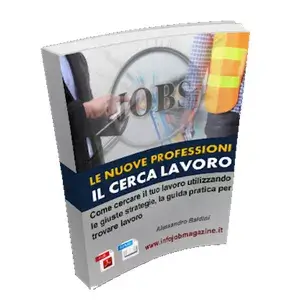Verbo essere
To be, present simple
Verbo essere, presente affermativo:
I am, You are, He is, She is, It is, We are, You are, They are
Esercizio 3
Verbo essere
Present simple
Quiz Inglese:
- Primi passi in inglese
- Pronomi Personali
- Verbo essere
- Aggettivi e Pronomi Possessivi
- Domandare in inglese
- Articoli e Aggettivi Dimostrativi
- Time – Il tempo in inglese
- Where – I luoghi in inglese
- Il Plurale in inglese
- Aggettivi e Pronomi Indefiniti
- Aggettivi Qualificativi
- Comparativo e Superlativo
- I numeri cardinali e ordinali
Verbo essere – present simple
presente in forma affermativa:
I am, You are, He is, She is, It is, We are, You are, They are
presente in forma contratta:
I’m, You’re, He’s, She’s, It’s, We’re, You’re, They’re
presente in forma interrogativa:
Am I … ?, Are you…? Is he…? Is she…? Is it … ? Are we…? Are they…?
presente in forma negativa:
l’m not, You’re not, He’s not, She’s not, It’s not, We’re not, They’re not
presente in forma negativa contratta:
He / She / It isn’t, We / You / They aren’t
To be (essere) può essere sia verbo ordinario che ausiliare, come in italiano.
A differenza dell’italiano si utilizza, invece, nei seguenti casi:
- uno stato fisico/emotivo personale.
I’m cold = Ho freddo.
She’s in a hurry = Ha fretta.
I’m hungry = Ho fame.
Sorry, I’m late = Scusate il ritardo. - per indicare l’età ed il peso.
He’s fifty = Ha cinquanta anni.
I’m eighty kilos = Peso ottanta chili. - per indicare il costo di un oggetto.
How much is it? It’s 10 Euros = Quanto costa? Costa 10 Euro.
Le forme contratte sono utilizzate solo nel linguaggio informale.
Nelle risposte negative, invece, si può usare la forma contratta, anche nel linguaggio formale. Generalmente alle domande non si risponde solo con “si” o “no”, ma si ripete il pronome soggetto e il verbo della domanda.
Are you optimistic? Yes, I am = Sei ottimista? Si.
Is she French? No, she isn’t = È francese? No.
Dieta Brasiliana
Scopri la dieta brasiliana e raggiungi i tuoi obiettivi di perdita di peso in modo sano e gustoso

Il cerca lavoro
Come cercare lavoro utilizzando le giuste strategie.
